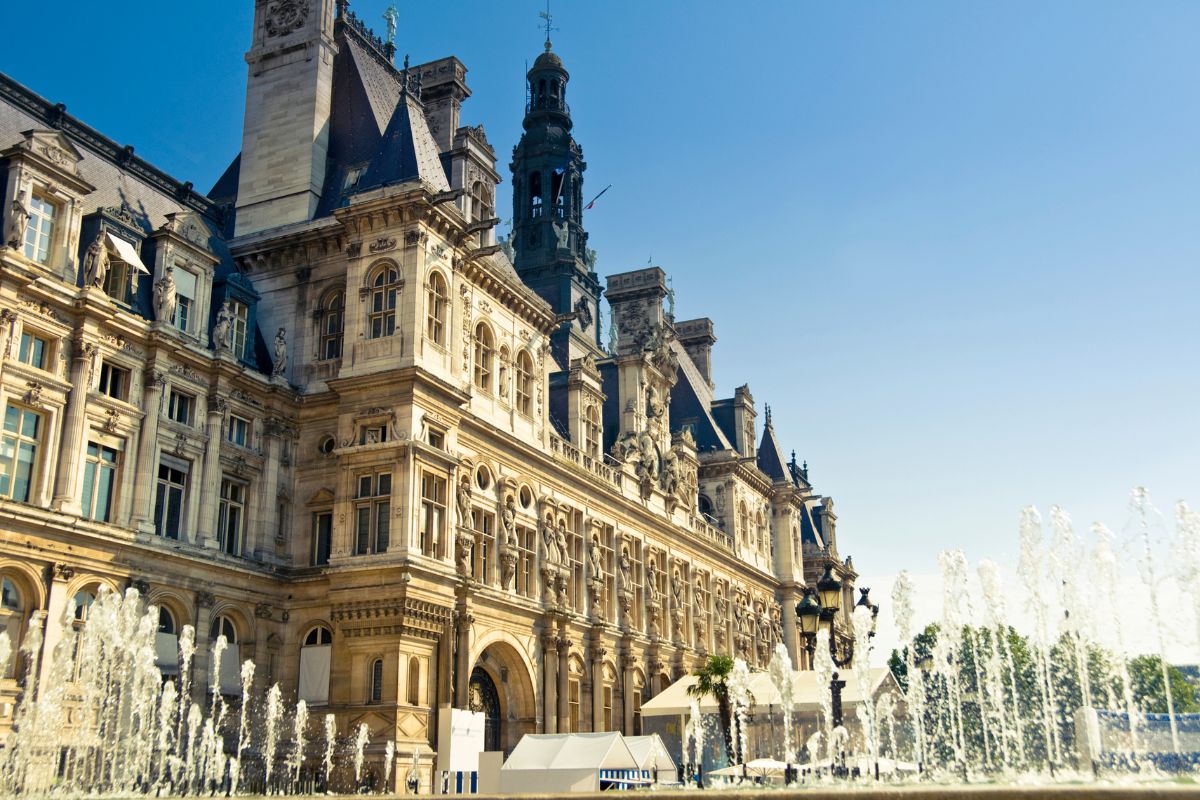7 Astonishing Facts About the Hôtel de Ville in Le Marais
The Hôtel de Ville is Paris’s city hall and a major landmark. It has seen revolutions, grand balls, fires, and rebirths, all in the heart of Le Marais.
Here are 7 facts that show why this building is unlike any other in Paris.
1. Inspired by Versailles
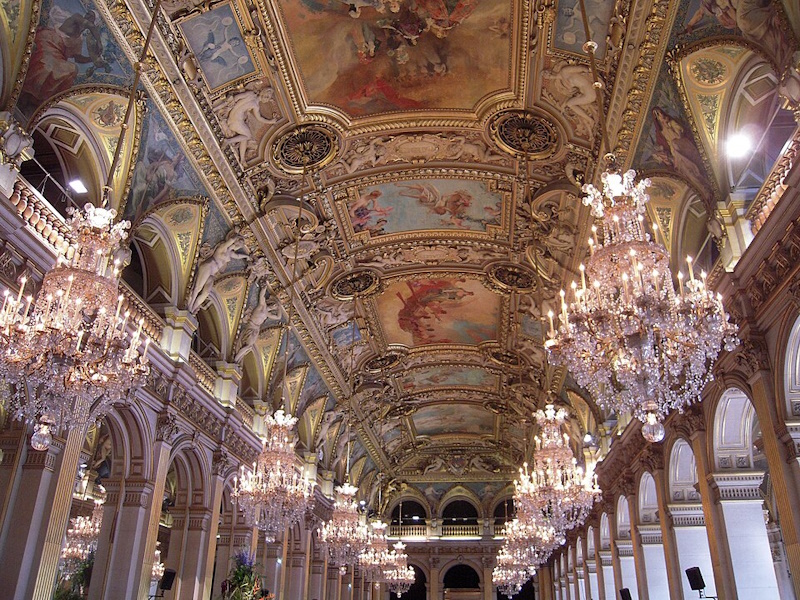
Step inside and you’ll notice a grandeur that rivals royal palaces. After the 1871 fire, the interiors were rebuilt in the lavish style of Versailles, with gilded salons, sweeping staircases, and painted ceilings meant to impress both Parisians and foreign dignitaries.
2. It Dates Back to 1357
The first Hôtel de Ville was commissioned by Étienne Marcel, the Provost of Merchants, to give Paris a central seat of municipal power.
Over the centuries, it grew into the vast complex that dominates the Place de l’Hôtel de Ville today.
3. Burned to the Ground in 1871
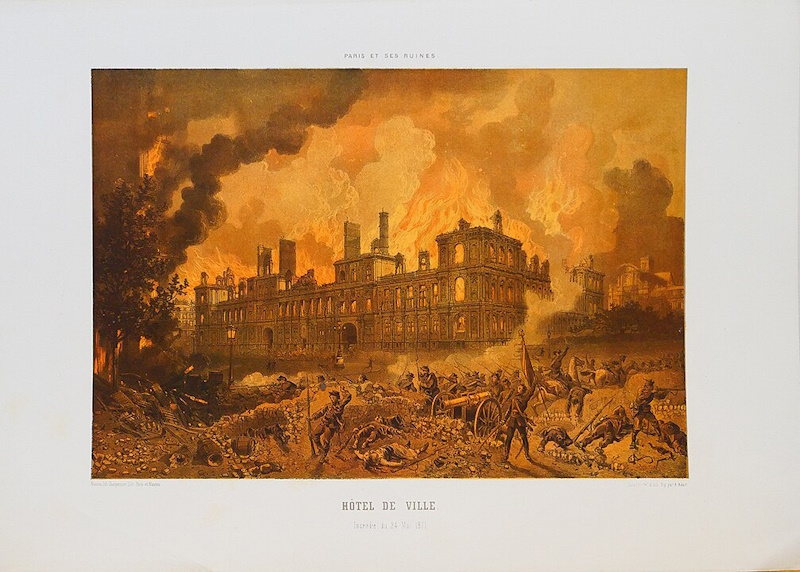
During the Paris Commune, the Hôtel de Ville was set ablaze and completely gutted. Only the outer shell survived.
The current building you see today is essentially a 19th‑century reconstruction, though the architects carefully kept the original Renaissance‑style façade.
4. Executions Once Took Place Here
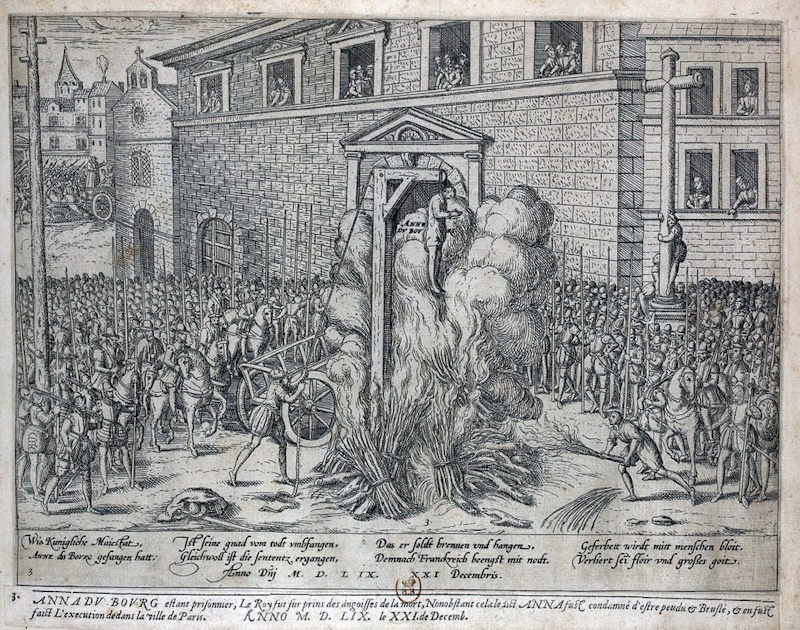
The square in front of the Hôtel de Ville was not always a stage for concerts and skating rinks. For centuries it was used for public executions, attracting huge crowds. The last execution took place in the late 1700s.
5. Headquarters of the French Resistance
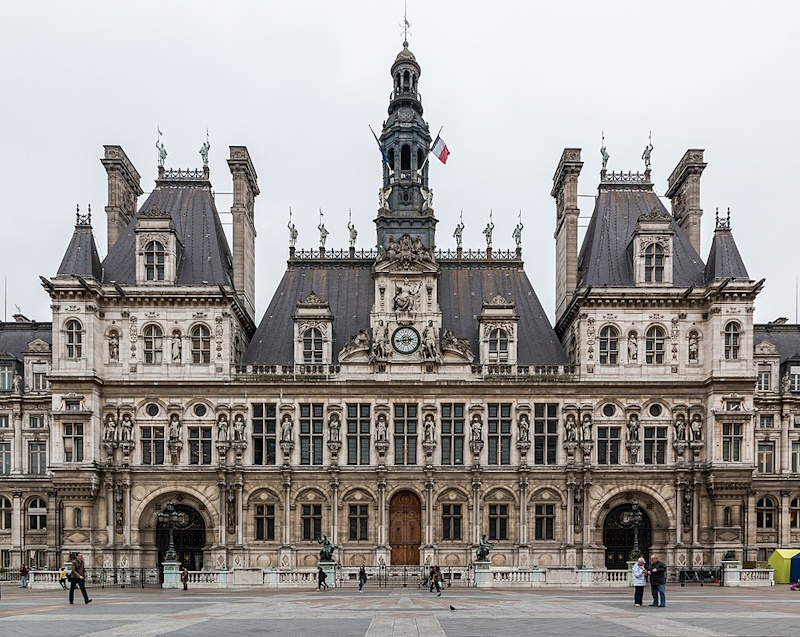
During World War II, the Hôtel de Ville played a key role in the Liberation of Paris. In August 1944, resistance fighters raised the French flag there in defiance of Nazi forces. Photographs of the moment became symbols of freedom across the world.
6. 338 Statues in The Facade
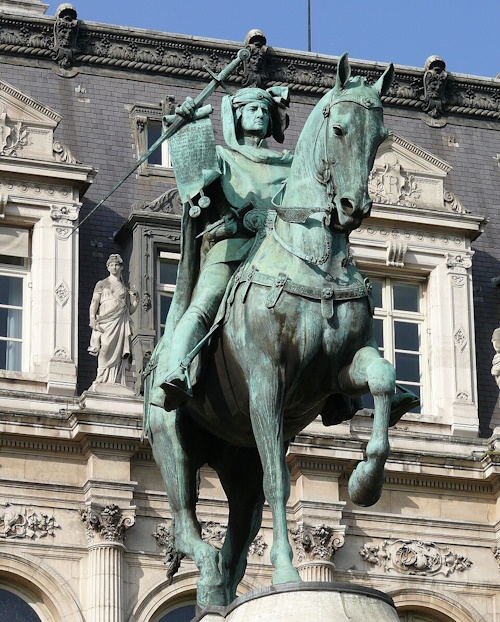
Look closely at the stonework and you’ll find sculpted figures everywhere. The façade is decorated with 338 statues, most representing famous Parisians through history. It’s a gallery in stone that rewards anyone who takes time to look up.
7. The Square Hosts One of Paris’s Largest Ice Rinks
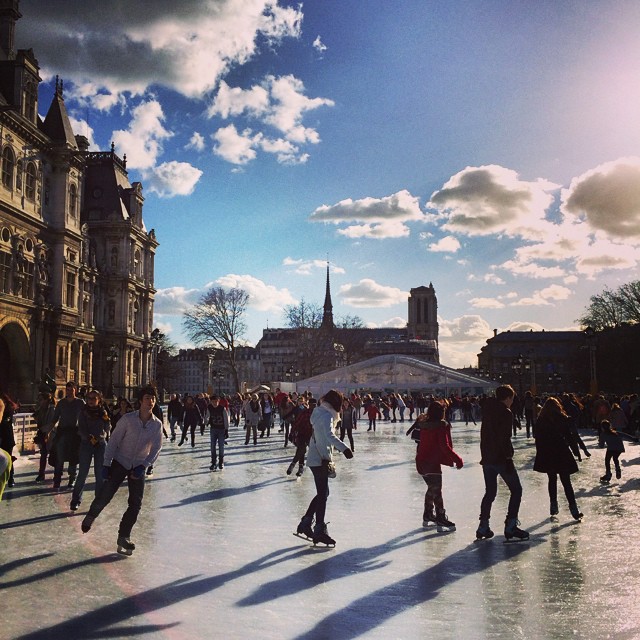
Every winter, the Place de l’Hôtel de Ville transforms into a massive outdoor ice rink, drawing locals and tourists alike. Skating with the Renaissance façade as a backdrop is a seasonal Paris highlight.
8. A Hidden Art Collection Lies Inside
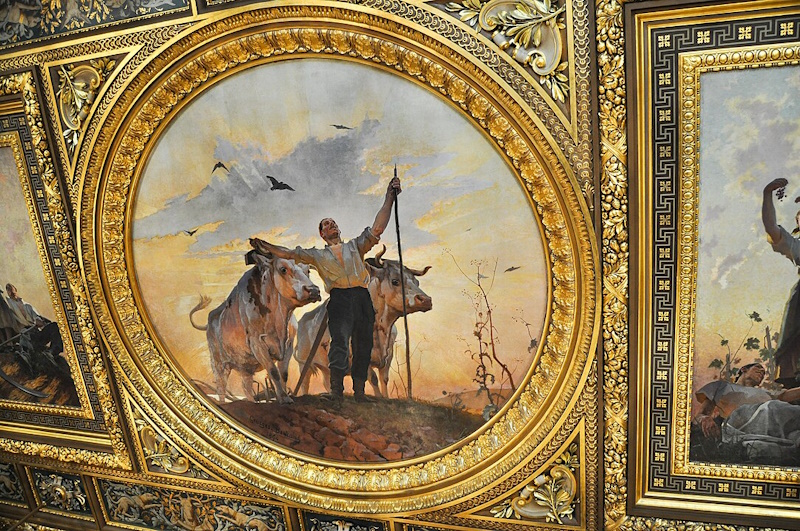
The Hôtel de Ville houses remarkable 19th‑century murals and decorative works by artists such as Puvis de Chavannes and Henri Gervex.
They’re not on permanent public view, but you can see them during free guided tours or on European Heritage Days in September, when the ceremonial halls open to visitors.

